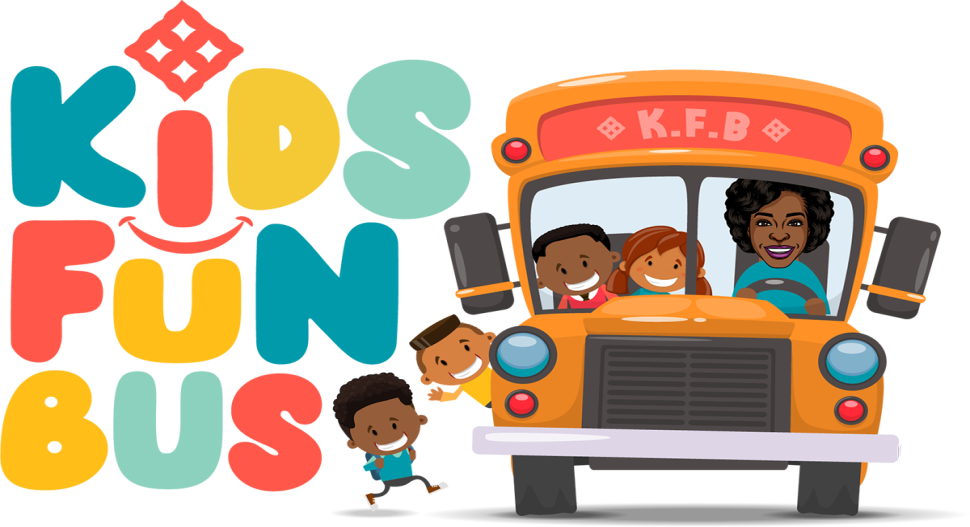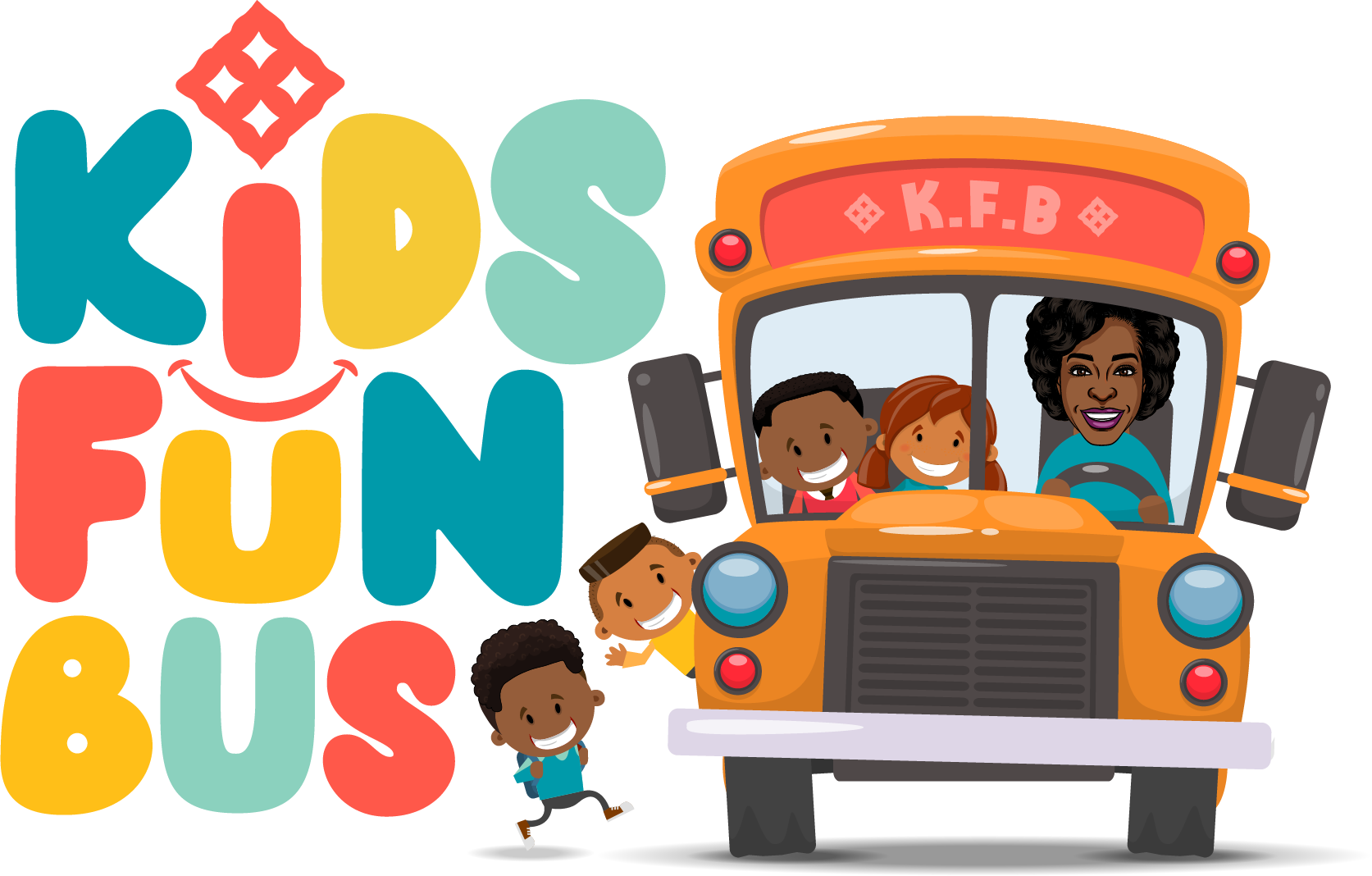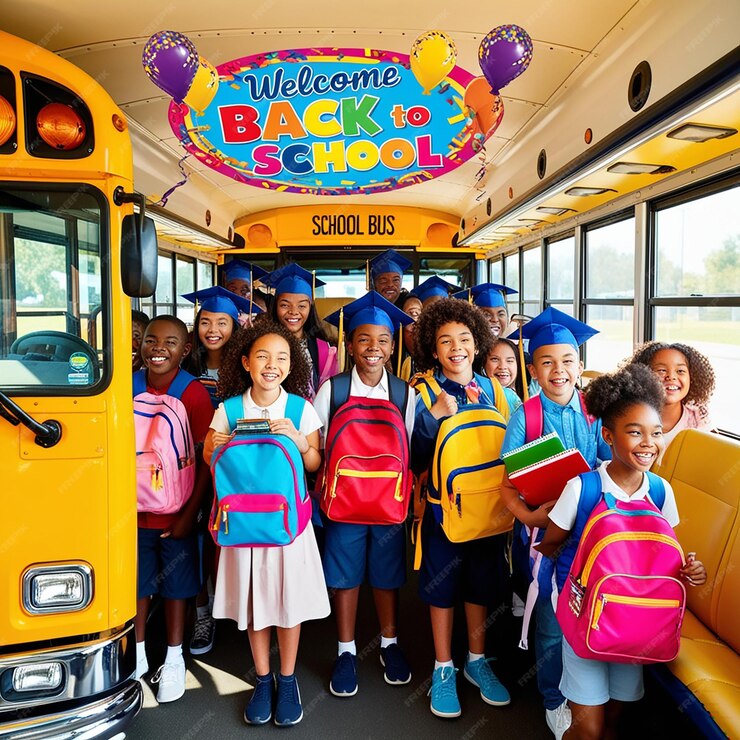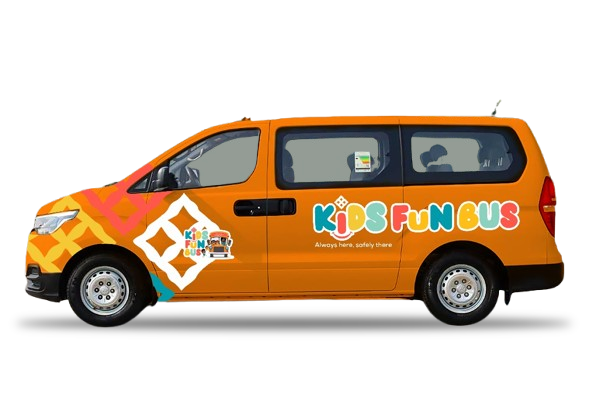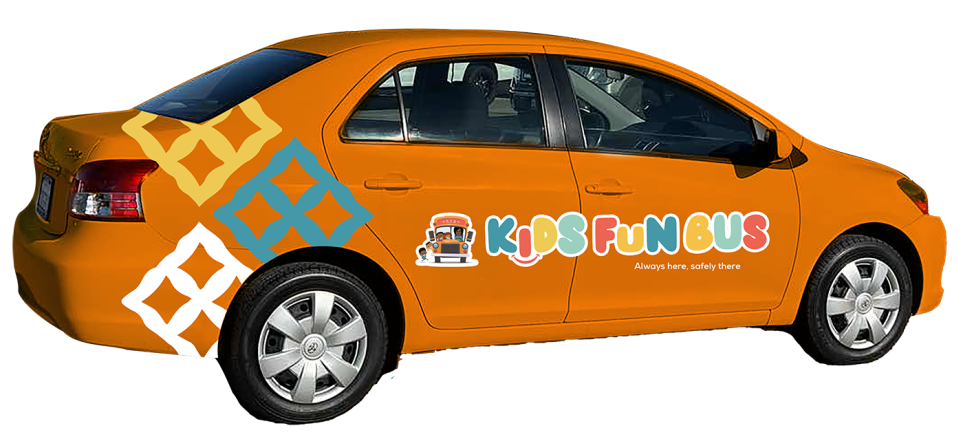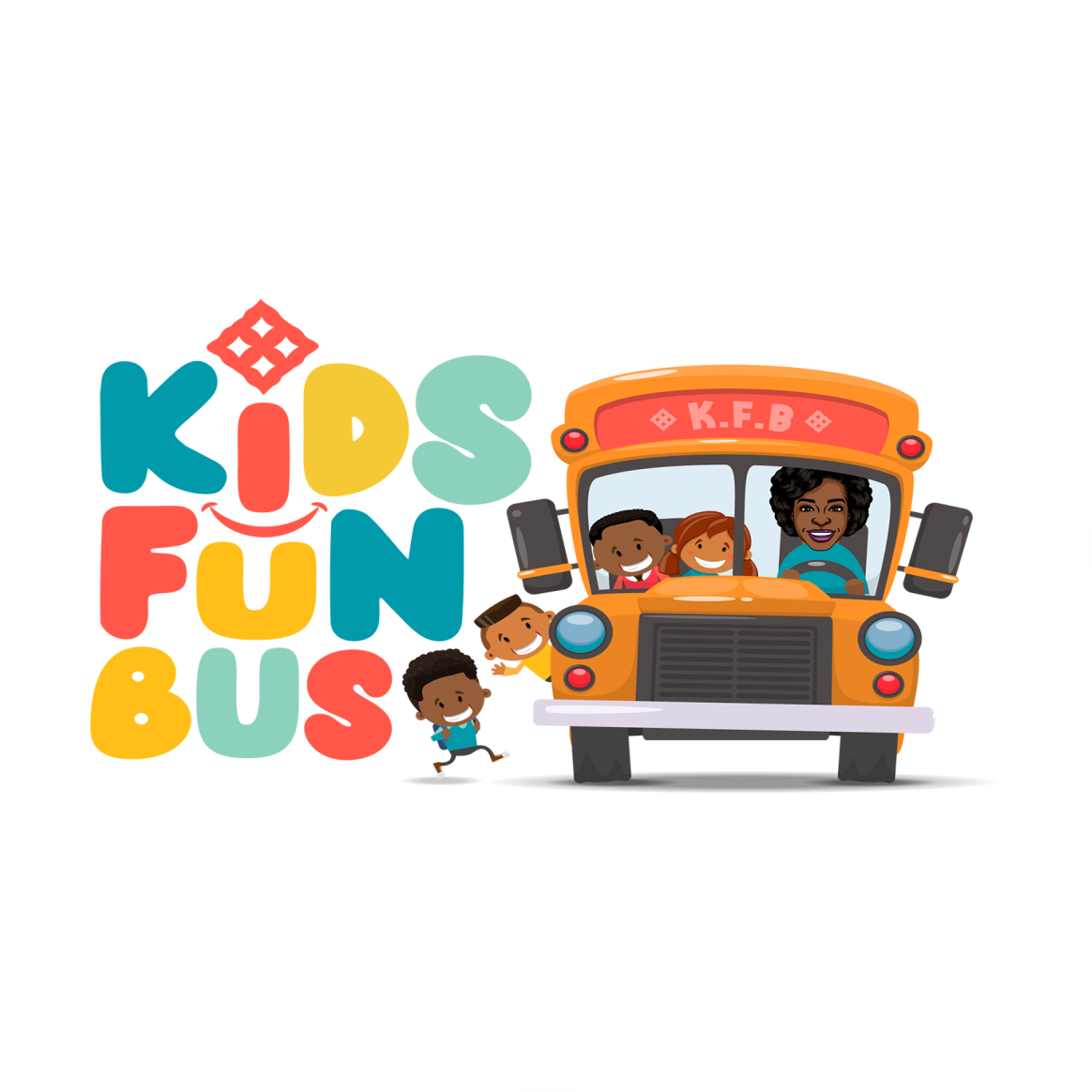1. GPS Tracking and Real-Time Updates
Parents can track the real-time location of the transport vehicle using a GPS-enabled app, providing peace of mind about their child’s location and expected arrival times.
Notifications could include alerts when the vehicle is close to pickup/drop-off points or if there are delays due to traffic.
2. Trained Childcare Professionals on Board
Having a trained childcare professional or nurse on board ensures that children have additional supervision, particularly valuable for young children or those with special needs.
The onboard professional can also assist with minor issues like motion sickness or ensure safe behavior during the journey.
3. Special Needs Accommodations
Customizing services for children with disabilities or special needs by providing wheelchair-accessible vehicles, sensory-friendly environments, and trained staff to offer extra assistance.
This could also include offering additional safety features, like harnesses or car seats, suited to the specific needs of each child.
4. Personalized Pick-Up/Drop-Off Notes for Parents
Provide daily or weekly notes to parents that update them on any observations about their child’s mood, behavior, or health during the journey.
For younger children, this adds an extra level of communication, similar to what they might get from teachers in early childhood education settings.
5. Safety Drills and Emergency Preparedness
Conduct regular safety drills to ensure that children know what to do in case of an emergency. Staff could also be trained in emergency response, first aid, and CPR.
Parents can feel assured that their children are safe and that the service is well-prepared for unforeseen events.
6. Comfort Kits and Snacks
Offer comfort kits that include items like blankets, pillows, and noise-canceling headphones, making the journey more comfortable.
Optional healthy snacks or beverages, especially on longer routes, can make the ride more enjoyable and ensure children aren’t hungry.
7. Themed Days and Entertainment Options
To make rides fun, introduce themed days (like Pajama Day or Superhero Day), so children have something to look forward to.
Onboard entertainment options such as audiobooks, storytelling sessions, or educational videos can keep kids engaged in a screen-free environment.
8. Parent Communication Hub
Develop a parent portal or app where parents can communicate directly with the driver or childcare professional, view daily updates, make schedule changes, and access resources about child safety.
9. Eco-Friendly Practices
Educate children on sustainability practices, like recycling or conserving energy, as part of the travel experience.
10. Flexible Scheduling and Emergency Pick-Ups
Provide flexible scheduling options, including last-minute bookings and emergency pick-ups for parents who have sudden work commitments.
Additional options for adjusting pickup or drop-off times as needed for individual children’s changing schedules.
11. Celebrating Milestones and Special Days
Celebrate children’s birthdays or other milestones with a small treat, card, or song on the bus.
Parents can also opt to send a treat or a little party favor for their child’s friends on the bus, creating a more personal, family-friendly service.
12. Language and Cultural Enrichment
For multicultural communities, the service can include cultural or language enrichment activities during the ride, introducing basic language skills, stories, or songs in multiple languages.
13. Homework or Quiet Time Zones
Setting up “quiet zones” where children can focus on homework, read, or unwind after school. Some services might even provide small desks or trays and basic school supplies.
This can help children make productive use of their travel time and offer a calm environment after a long day.
